Nevro, Morrison & Foerster Win Appeal Over Spinal Stimulation Patents
Judge Vince Chhabria had ruled a dozen claims indefinite, in part because they're defined by a patient's reaction. But the Federal Circuit ruled Thursday that that's the wrong test.
April 09, 2020 at 08:24 PM
3 minute read
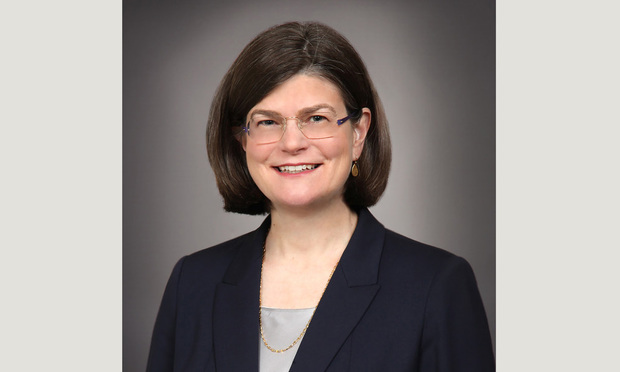 Deanne Maynard of Morrison & Foerster.
Deanne Maynard of Morrison & Foerster.Nevro Corp.'s patents on spinal stimulating implants got a jolt Thursday from the U.S. Court of Appeals for the Federal Circuit.
The appellate court reversed a ruling from U.S. District Judge Vince Chhabria that had held 12 claims from four of Nevro's patents invalid as indefinite.
Nevro v. Boston Scientific may not have an immediate impact on the Northern District of California litigation over pain treatment techniques, because Boston Scientific has already opted out of the high-frequency stimulation market that Nevro occupies in the U.S. But it ought to boost Nevro's patent litigation against other competitors such as Nalu Medical Inc.
"We are confident that the claims upheld by the appellate court will protect our exclusivity in high frequency, paresthesia-free SCS therapy," Kashif Rashid, general counsel for Redwood City-based Nevro, said in a written statement.
The decision hands a win to a Morrison & Foerster team that includes partners Michael Jacobs and Deanne Maynard, and adds some gloss to the U.S. Supreme Court's 2014 indefiniteness ruling Nautilus v. Biosig.
The claims describe an electric signal generator that is "configured to" generate a therapy signal within certain parameters and that will reduce pain without generating paresthesia—a feeling of numbness or tingling associated with prior art stimulation devices.
Chhabria had ruled that because each patient will react differently to the stimulation, a skilled artisan would not be able to identify the boundaries of the patent with reasonable certainty. He also found the "configured to" language indefinite, because it could be read to mean either that the signal generator had the capacity to generate signals or that it had actually been programmed to generate signals.
The Federal Circuit disagreed on both counts Thursday. "The test for indefiniteness is not whether infringement of the claim must be determined on a case-by-case basis," Judge Kimberly Moore wrote for a unanimous panel. "Instead, it is simply whether a claim 'inform[s] those skilled in the art about the scope of the invention with reasonable certainty,'" she wrote, quoting Nautilus.
The patent claim specifications provide hard examples such as "therapeutic signals at a frequency of from about 3 kHz to about 10 kHz" and amplitudes ranging "from about 1 mA to about 4 mA." There was enough in the specification for a person of ordinary skill to determine whether a system, device or method is within the claim scope, Moore wrote. "That a given signal will eliminate paresthesia in some patients, but not others, does not render the claims indefinite," she wrote.
As for "configured to generate," the context of the patent makes clear that it means "programmed to generate," Moore wrote. "The test is not merely whether a claim is susceptible to differing interpretations," she wrote. "Such a test would render nearly every claim term indefinite so long as a party could manufacture a plausible construction."
Judges Richard Taranto and Raymond Chen concurred.
Maynard argued the appeal for Nevro. Arnold & Porter Kaye Scholer partner Matthew Wolf argued for Boston Scientific.
Nevro didn't get quite everything it wanted. The company had asked the Federal Circuit to construe "configured to" as "designed to." Moore wrote that "programmed to" is more consistent with the specification and statements Nevro made during patent prosecution.
This content has been archived. It is available through our partners, LexisNexis® and Bloomberg Law.
To view this content, please continue to their sites.
Not a Lexis Subscriber?
Subscribe Now
Not a Bloomberg Law Subscriber?
Subscribe Now
NOT FOR REPRINT
© 2025 ALM Global, LLC, All Rights Reserved. Request academic re-use from www.copyright.com. All other uses, submit a request to [email protected]. For more information visit Asset & Logo Licensing.
You Might Like
View All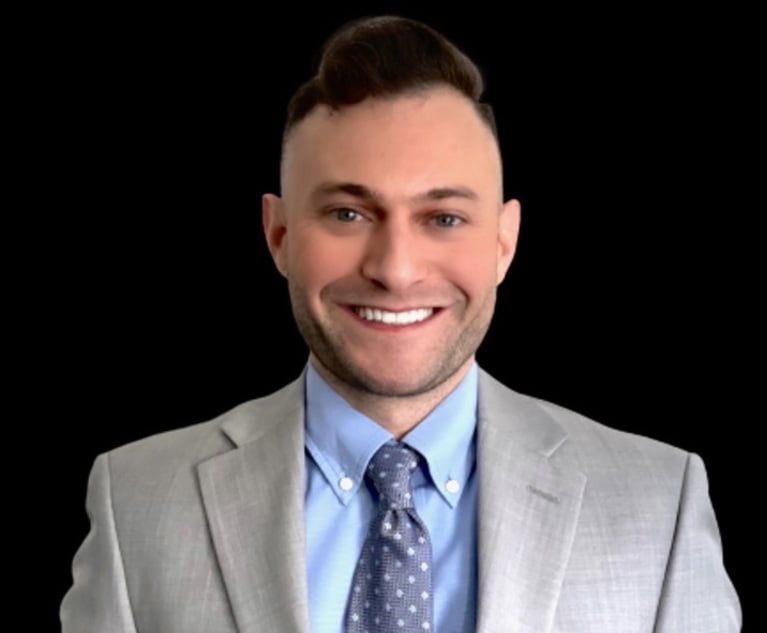
'Pull Back the Curtain': Ex-NFL Players Seek Discovery in Lawsuit Over League's Disability Plan
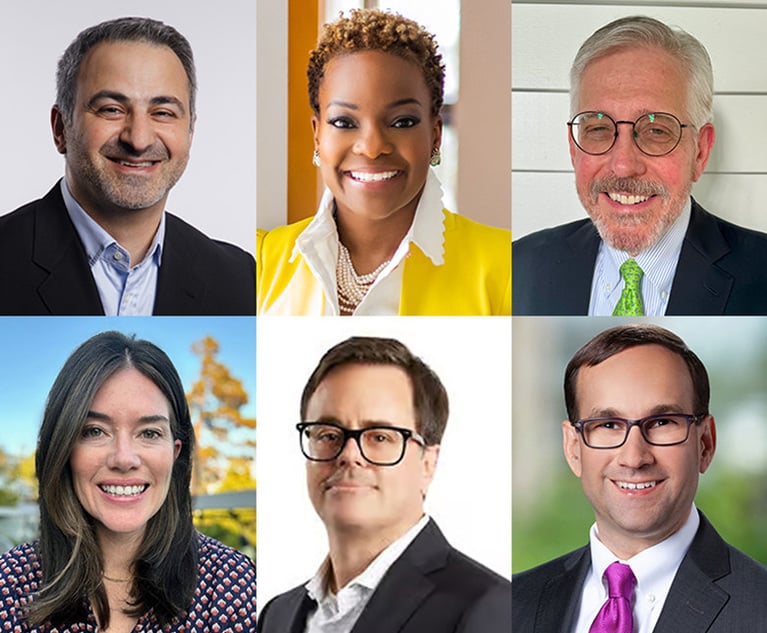
'Be Comfortable Being Uncomfortable': Pearls of Wisdom From 2024 GC Q&As
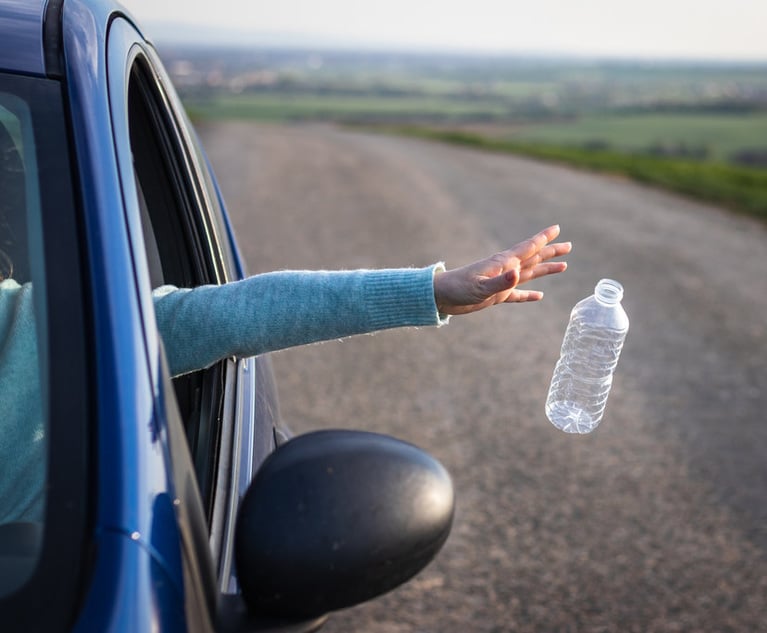
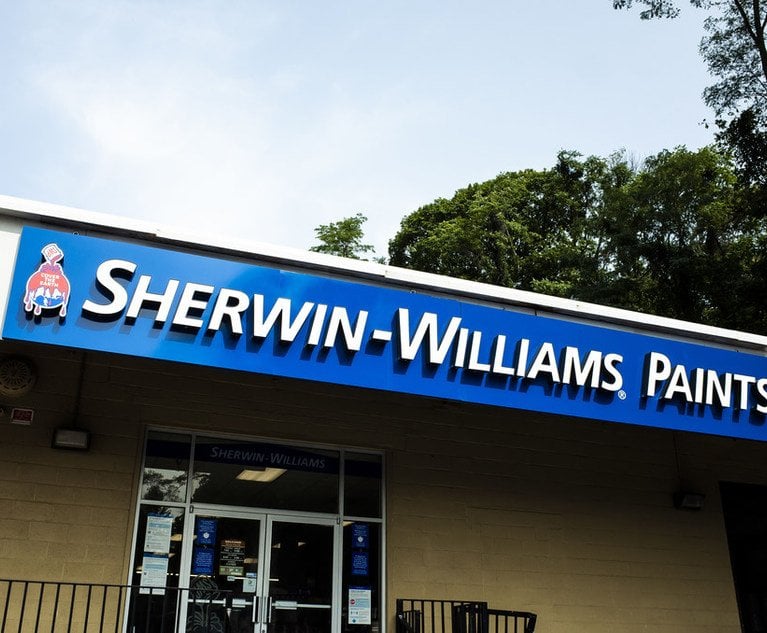
Insurers Dodge Sherwin-Williams' Claim for $102M Lead Paint Abatement Payment, State High Court Rules
Law Firms Mentioned
Trending Stories
- 1'A Death Sentence for TikTok'?: Litigators and Experts Weigh Impact of Potential Ban on Creators and Data Privacy
- 2Bribery Case Against Former Lt. Gov. Brian Benjamin Is Dropped
- 3‘Extremely Disturbing’: AI Firms Face Class Action by ‘Taskers’ Exposed to Traumatic Content
- 4State Appeals Court Revives BraunHagey Lawsuit Alleging $4.2M Unlawful Wire to China
- 5Invoking Trump, AG Bonta Reminds Lawyers of Duties to Noncitizens in Plea Dealing
Who Got The Work
J. Brugh Lower of Gibbons has entered an appearance for industrial equipment supplier Devco Corporation in a pending trademark infringement lawsuit. The suit, accusing the defendant of selling knock-off Graco products, was filed Dec. 18 in New Jersey District Court by Rivkin Radler on behalf of Graco Inc. and Graco Minnesota. The case, assigned to U.S. District Judge Zahid N. Quraishi, is 3:24-cv-11294, Graco Inc. et al v. Devco Corporation.
Who Got The Work
Rebecca Maller-Stein and Kent A. Yalowitz of Arnold & Porter Kaye Scholer have entered their appearances for Hanaco Venture Capital and its executives, Lior Prosor and David Frankel, in a pending securities lawsuit. The action, filed on Dec. 24 in New York Southern District Court by Zell, Aron & Co. on behalf of Goldeneye Advisors, accuses the defendants of negligently and fraudulently managing the plaintiff's $1 million investment. The case, assigned to U.S. District Judge Vernon S. Broderick, is 1:24-cv-09918, Goldeneye Advisors, LLC v. Hanaco Venture Capital, Ltd. et al.
Who Got The Work
Attorneys from A&O Shearman has stepped in as defense counsel for Toronto-Dominion Bank and other defendants in a pending securities class action. The suit, filed Dec. 11 in New York Southern District Court by Bleichmar Fonti & Auld, accuses the defendants of concealing the bank's 'pervasive' deficiencies in regards to its compliance with the Bank Secrecy Act and the quality of its anti-money laundering controls. The case, assigned to U.S. District Judge Arun Subramanian, is 1:24-cv-09445, Gonzalez v. The Toronto-Dominion Bank et al.
Who Got The Work
Crown Castle International, a Pennsylvania company providing shared communications infrastructure, has turned to Luke D. Wolf of Gordon Rees Scully Mansukhani to fend off a pending breach-of-contract lawsuit. The court action, filed Nov. 25 in Michigan Eastern District Court by Hooper Hathaway PC on behalf of The Town Residences LLC, accuses Crown Castle of failing to transfer approximately $30,000 in utility payments from T-Mobile in breach of a roof-top lease and assignment agreement. The case, assigned to U.S. District Judge Susan K. Declercq, is 2:24-cv-13131, The Town Residences LLC v. T-Mobile US, Inc. et al.
Who Got The Work
Wilfred P. Coronato and Daniel M. Schwartz of McCarter & English have stepped in as defense counsel to Electrolux Home Products Inc. in a pending product liability lawsuit. The court action, filed Nov. 26 in New York Eastern District Court by Poulos Lopiccolo PC and Nagel Rice LLP on behalf of David Stern, alleges that the defendant's refrigerators’ drawers and shelving repeatedly break and fall apart within months after purchase. The case, assigned to U.S. District Judge Joan M. Azrack, is 2:24-cv-08204, Stern v. Electrolux Home Products, Inc.
Featured Firms
Law Offices of Gary Martin Hays & Associates, P.C.
(470) 294-1674
Law Offices of Mark E. Salomone
(857) 444-6468
Smith & Hassler
(713) 739-1250






